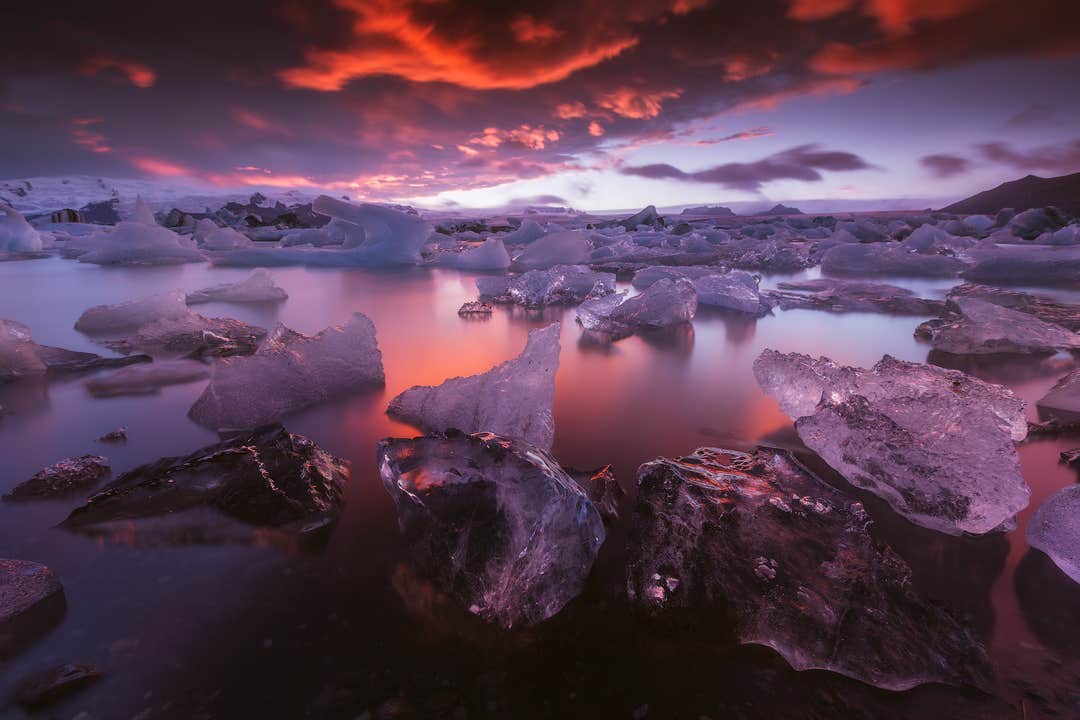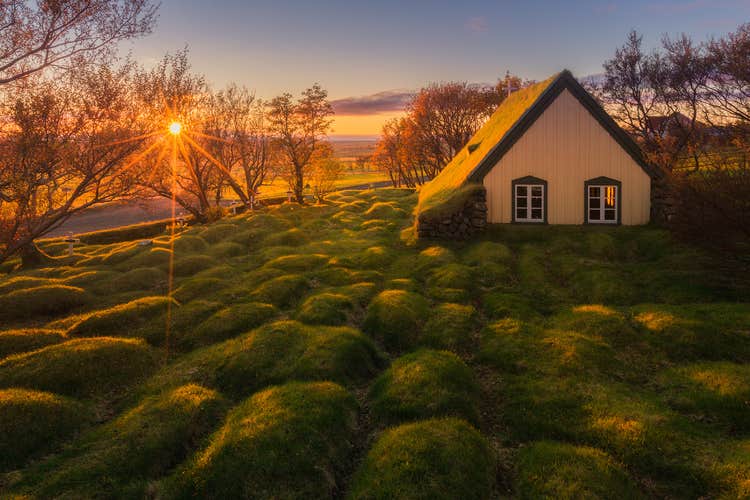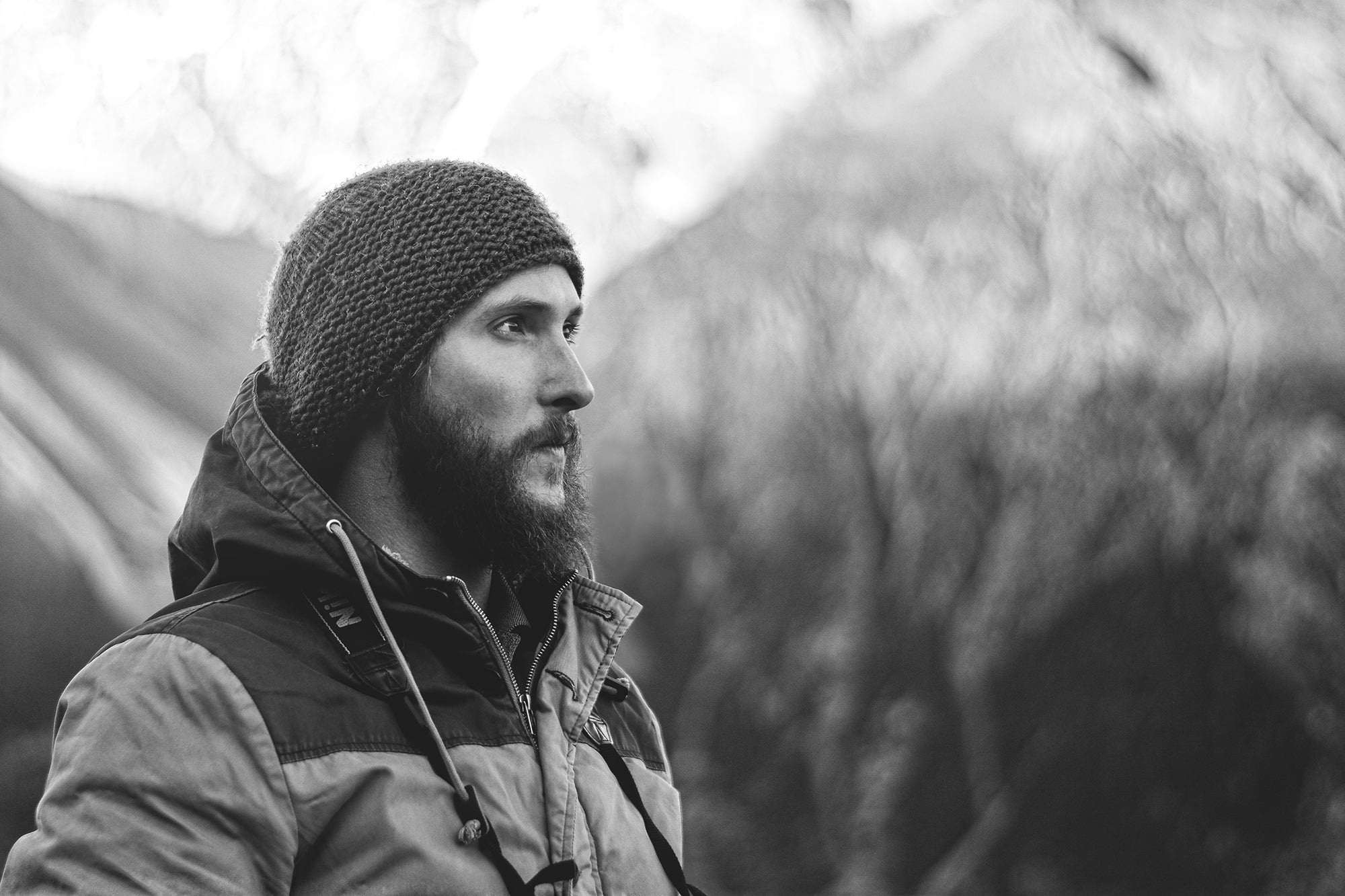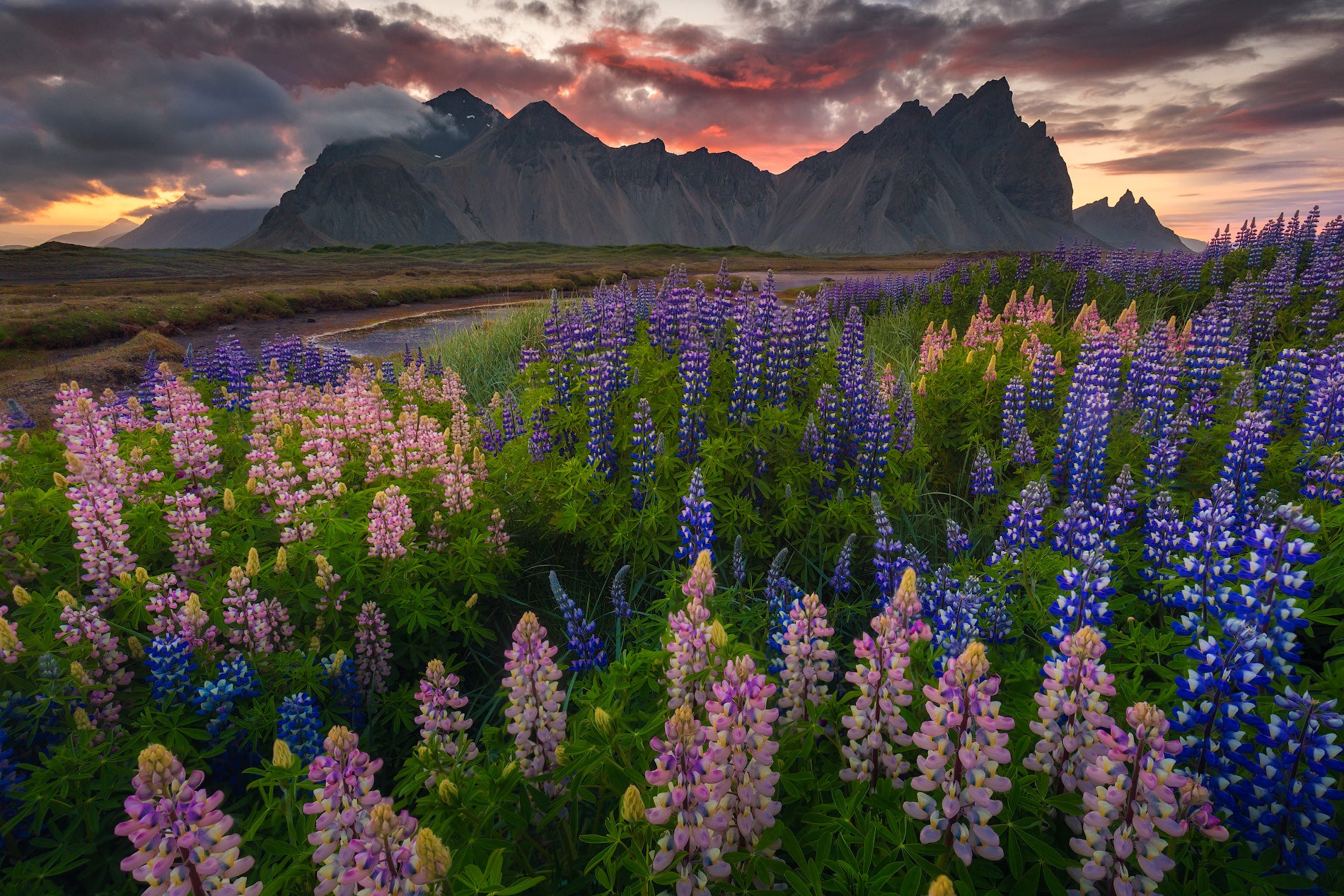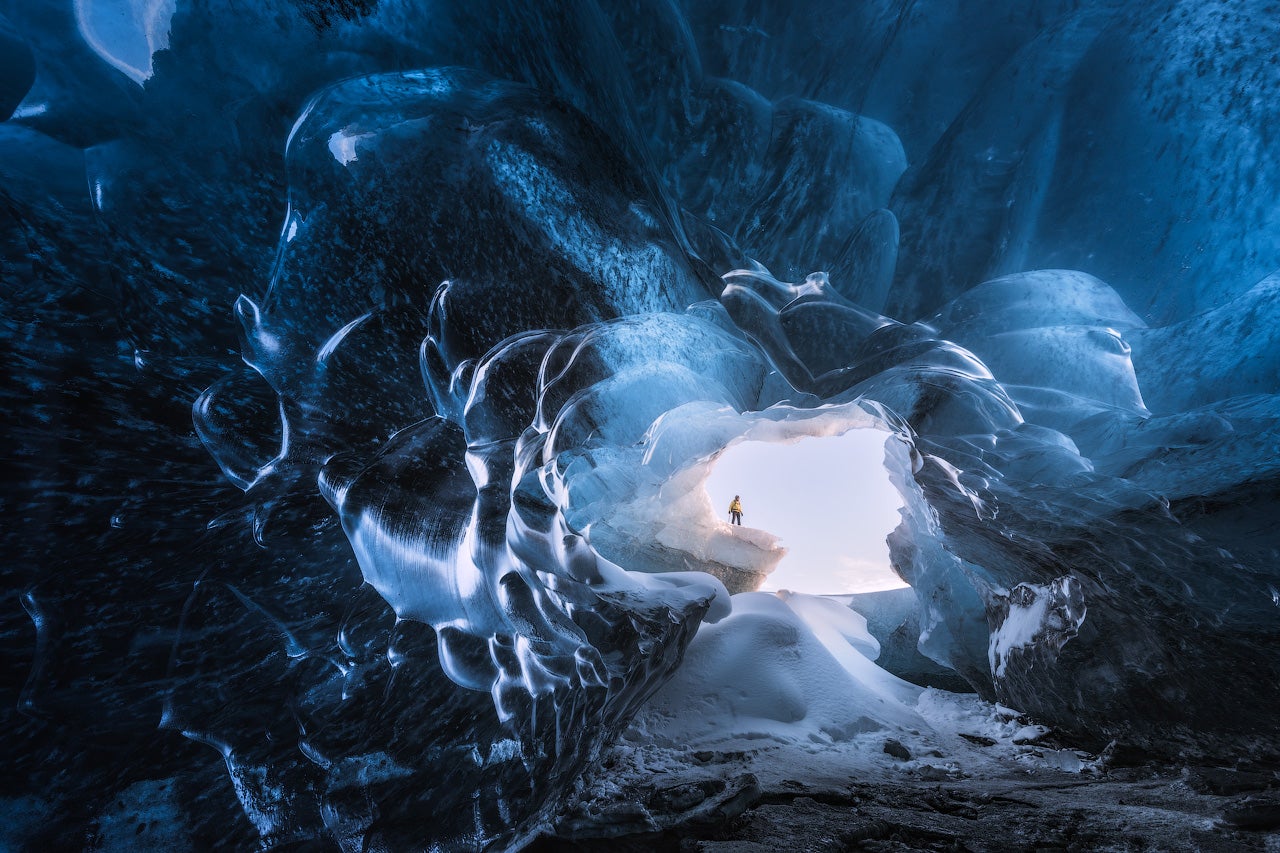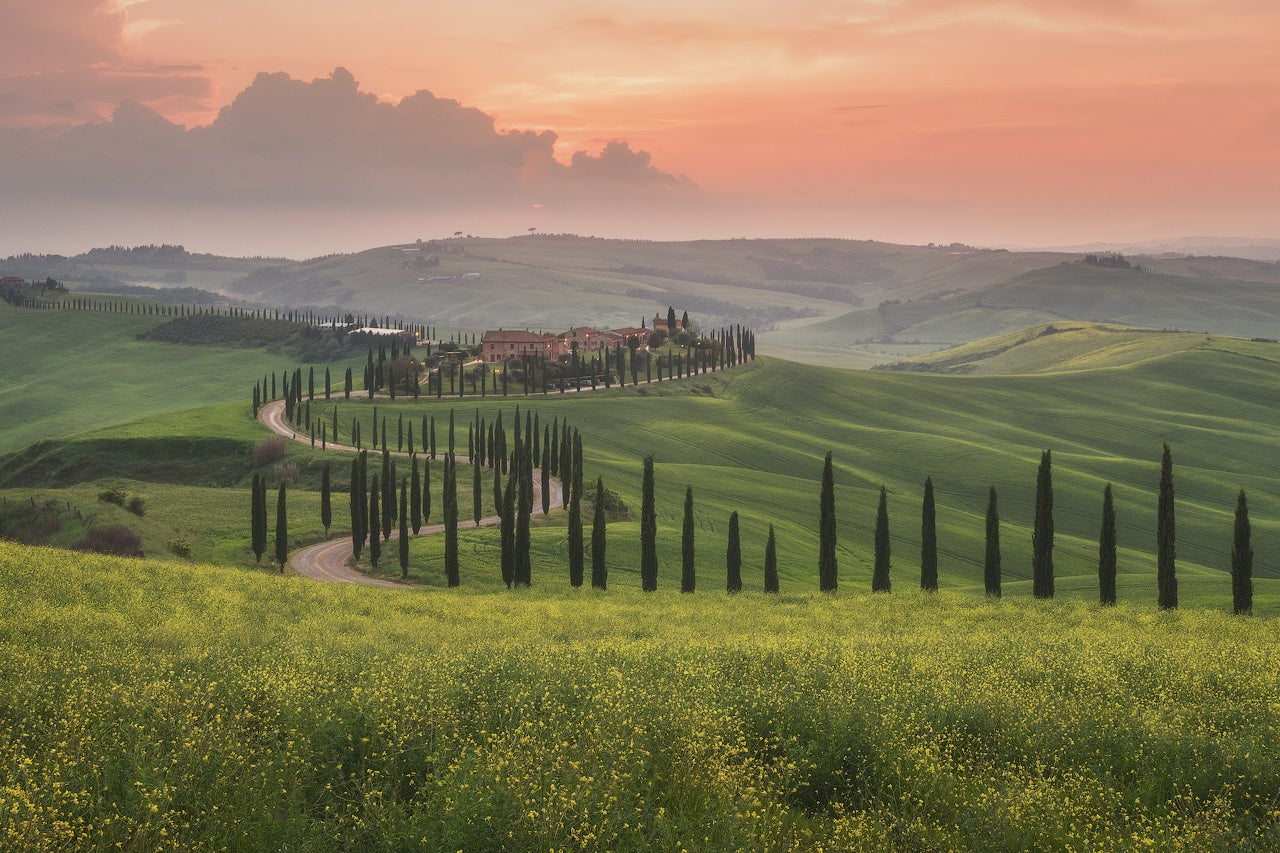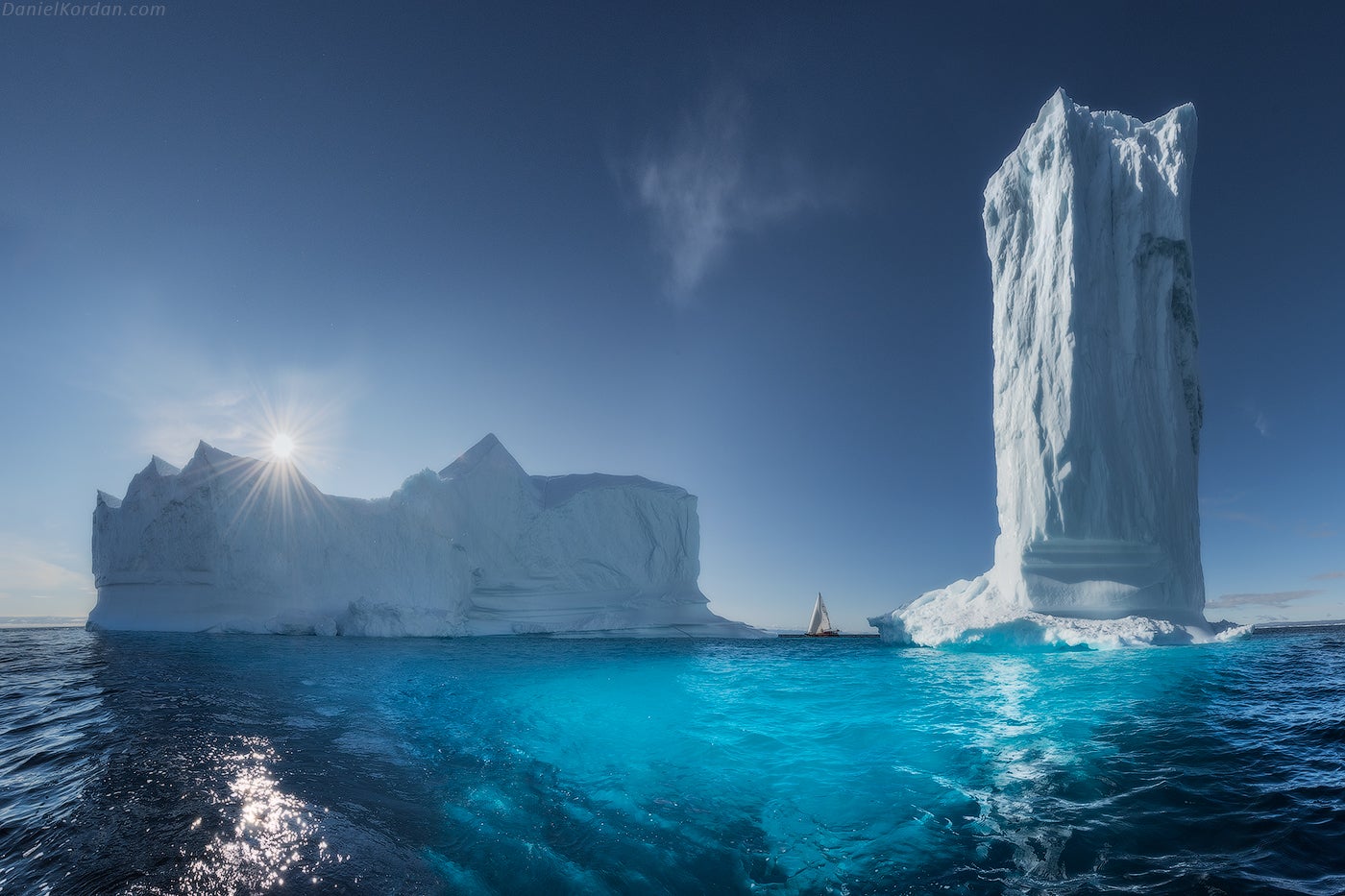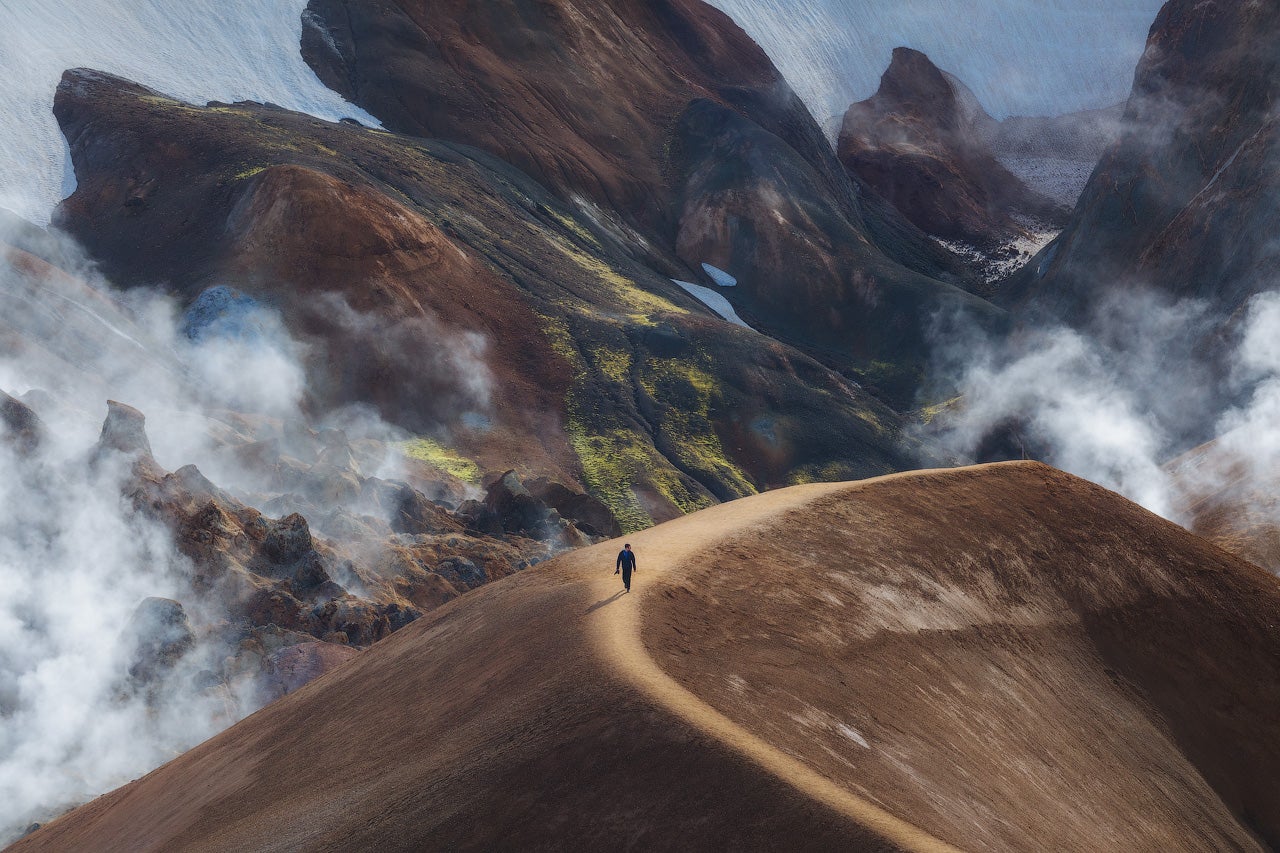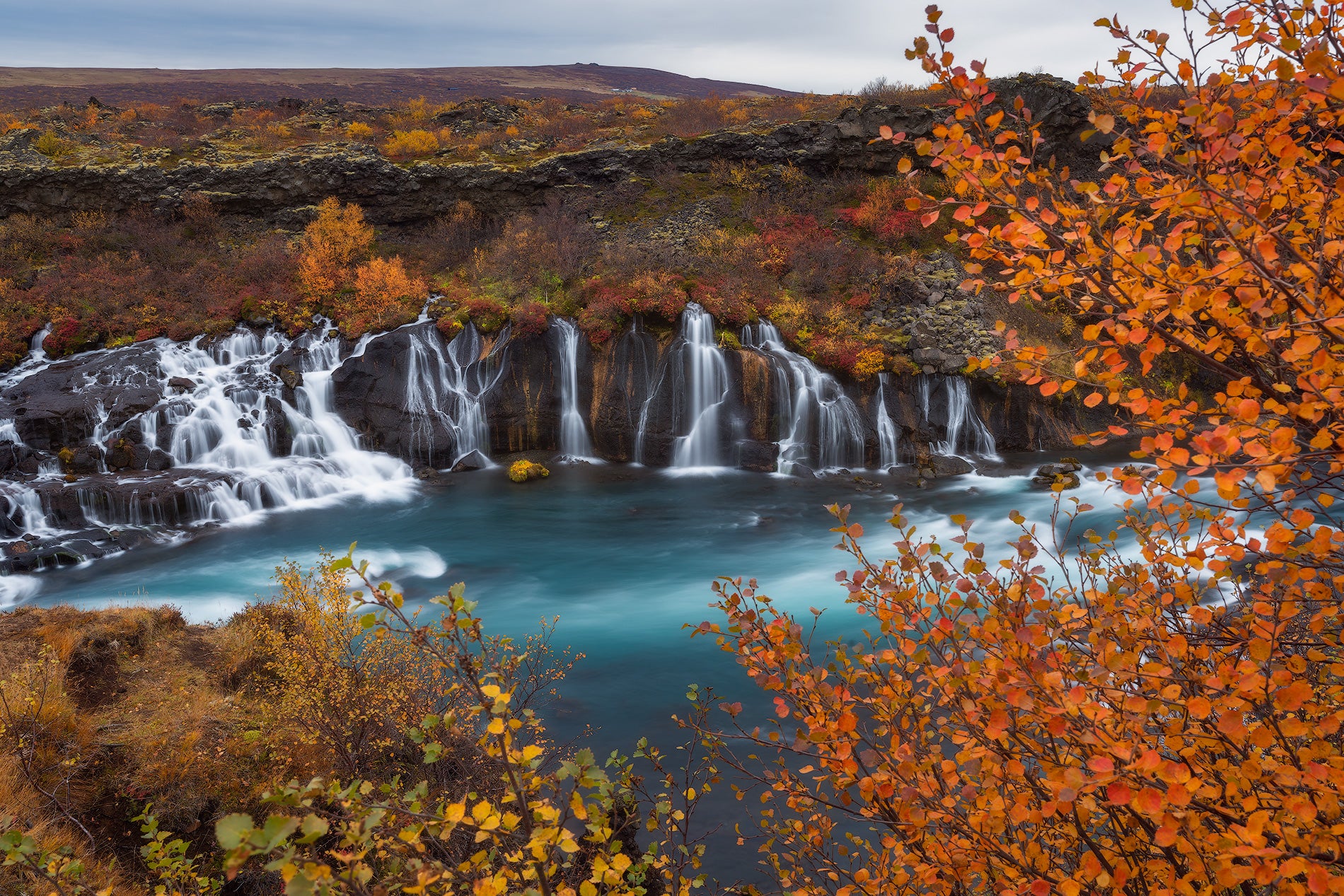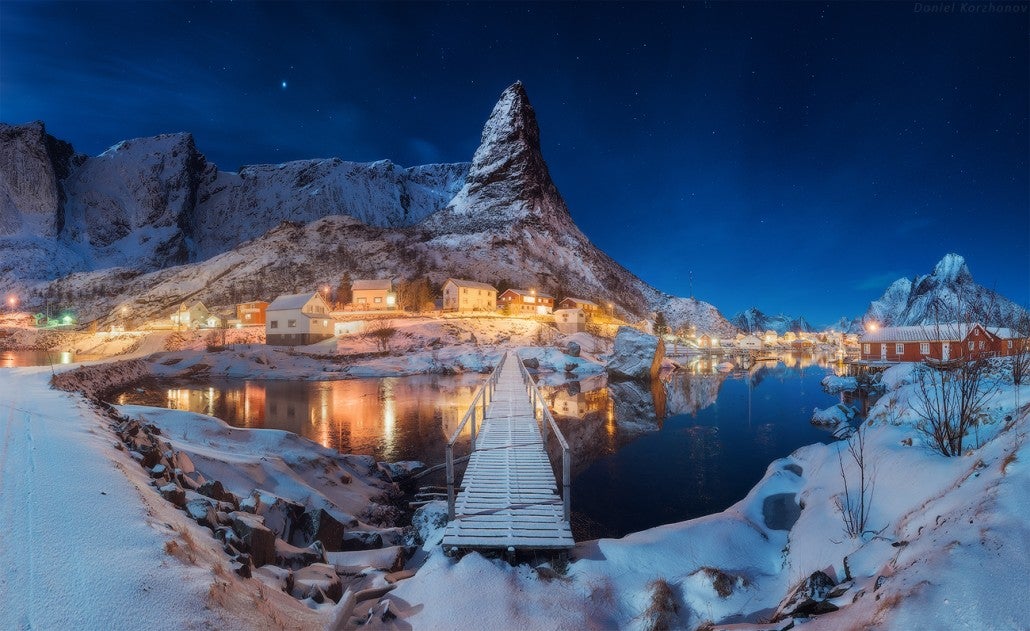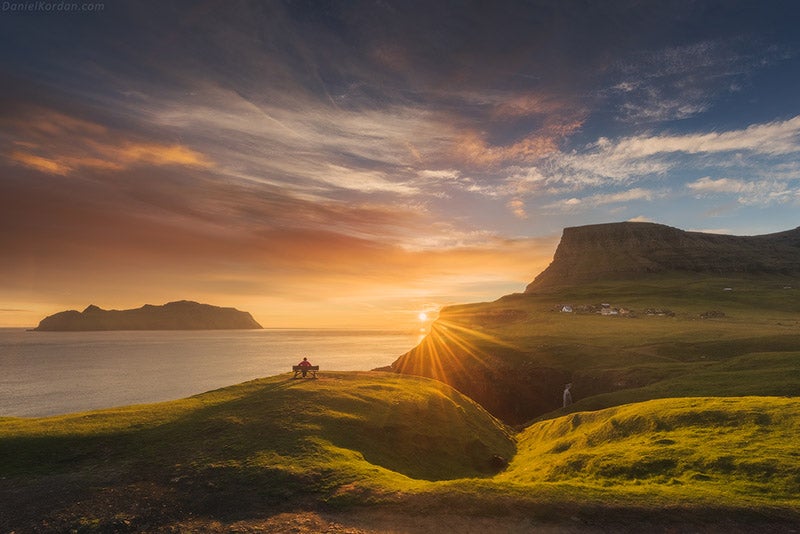Description
Summary
Description
Spend three days in the land of ice and fire, capturing the beauty of the wild, Icelandic nature. This photography workshop focuses on shooting what many argue is Iceland’s most beautiful area, the South Coast.
You will travel to Vatnajökull National Park, Skaftafell Nature Reserve, the Diamond Beach and the iconic Jökulsárlón glacier lagoon, and photograph their many wonders beneath the light of the midnight sun. Professional photo guides will accompany you throughout, providing insight to help you get the best pictures possible.
This workshop is suited to both professional and amateur photographers alike. You will have opportunities to photograph the iconic sites that make this country famous, as well as hidden gems that are much lesser known, such as the Fjallsárlón glacier lagoon. By the end of the tour, your portfolio will be full of unique and diverse images.
Your two nights of accommodation will be pre-organised before your arrival, as will all transfers to and from your shooting locations. Your award-winning photoguides will be with you throughout, guiding you towards the best vantage points and the most interesting lighting.
Do not miss this opportunity to photograph Iceland in summer, with a focus on its most beautiful region. Check availability by choosing a date.
